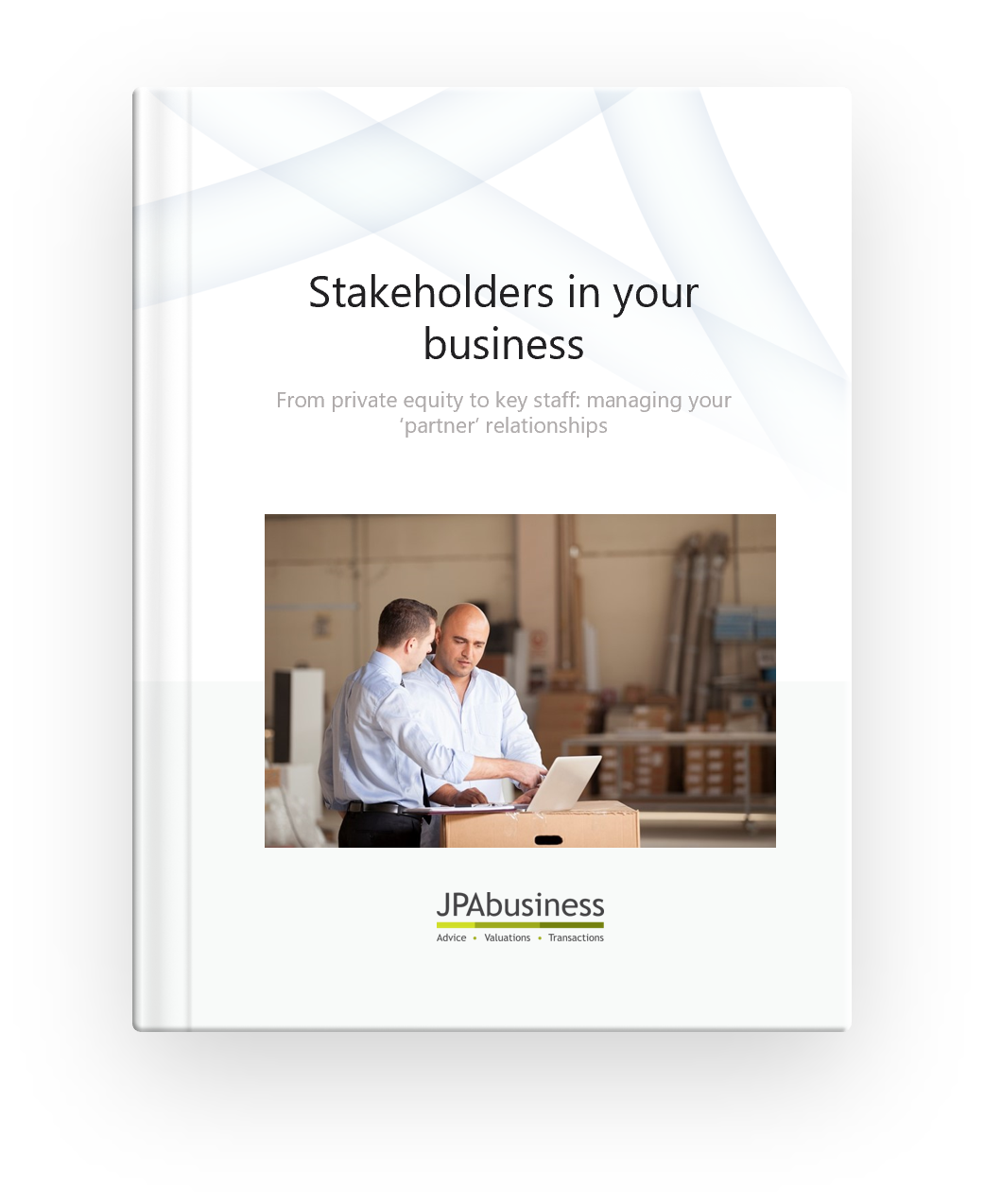
There are a number of mechanisms to provide senior and key staff with a level of interest in your business over and above an employee status.
It’s often referred to as giving employees ‘skin in the game’ and it’s about aligning your objectives as a business owner and operator with your key people, so together you can achieve great things within the business.
There are a number of ways to align objectives between the parties, through both ownership and/or incentive arrangements without formal ownership:
- selling equity to staff as a means of sharing earnings distributions or dividends should the business achieve certain performance targets;
- providing staff the opportunity to acquire equity, instead of or in addition to a cash payment or bonus, for achieving certain performance targets;
- establishing an employee share plan (these have a number of restrictions and requirements that need to be met); and/or
- offering a bonus incentive plan that provides the opportunity to earn additional amounts (over salary) based on company and individual performance being above expectations.
New owners need to ‘fit’
Where ownership is being contemplated, a key issue is ensuring the staff involved are the right fit as an investor in your business and that the mechanisms around subscribing or awarding equity for performance are clearly documented.
There needs to be an appropriate shareholders’ agreement and a transparent understanding between management and ownership about the direction of the business.
Client case study
We have been working with a building services company in Queensland, which has the following features:
- $10 million turnover, 35 employees;
- single owner who owns 100% of the business through a number of family entities;
- owner approaching his early 60s, believes he has five to 10 years left in the business;
- owner is managing director and has two key staff members: one in corporate services, one in operations.
The goal
The owner feels these two staff members are key to the business’ performance, yet they don’t have an ownership stake in the business; they are simply paid a competitive, market-based wage.
He would like to go through a succession period where he becomes less involved in the day-to-day operations and is able to share the risk of managing the business with these key people.
We embarked on a process to help develop ownership of some equity in the business by those two staff members.
The objective is that in five to 10 years’ time, ownership will be an equal, three-way split. This will allow for a natural progression of succession and achieve the owner’s objectives of stepping back into more of an investor and strategic role, while sharing some of the operational risks and returns from the business.
The framework
From our experience a successful employee incentive and ownership framework displays the following features:
- enables transparent and regular open communication about the direction and fortunes of the company;
- ensures the right fit with staff offered these mechanisms i.e. that motivations and expectations are aligned;
- keeps the arrangement as simple as possible to administer and maintain;
- allows for flexible implementation – what suits one individual may not suit another.
The outcome
In this case we assisted the client to implement the following strategy.
- The company was valued to ascertain the current market value.
- We evaluated the merits of the two individuals buying a third stake directly from the managing director or attaining their stake through the company issuing new shares, thereby diluting the existing shareholding proportions. It was decided the company would issue shares to the individuals.
- Separately, in terms of payment for the shares, the individuals agreed to pay an amount upfront and then the balance of the share purchase amount was lent to the individuals by the company at market rates over a seven-year period.
- Finalising the transaction included:
- documentation of a Shareholders’ Agreement;
- formalisation of an Annual Business Plan with associated business targets and indicators;
- formalisation and execution of a loan agreement between the company and the individuals.
If you would like advice regarding establishing ownership and/or incentive arrangements for key staff in your business, contact the JPAbusiness team on 02 6360 0360 or 02 9893 1803 for a confidential, obligation-free discussion.

